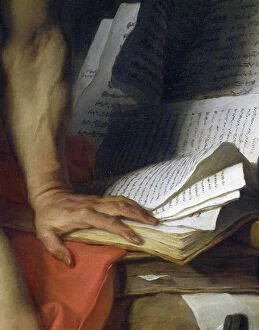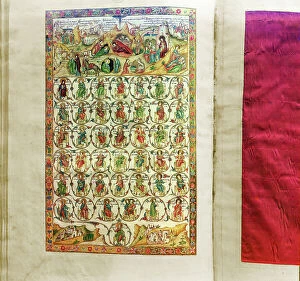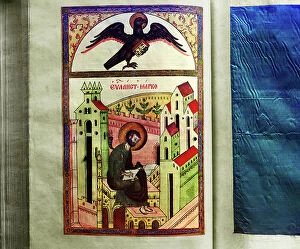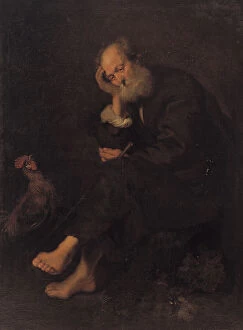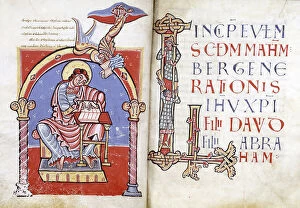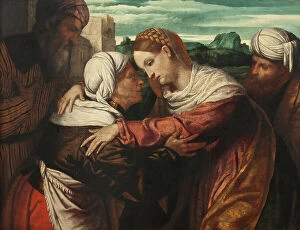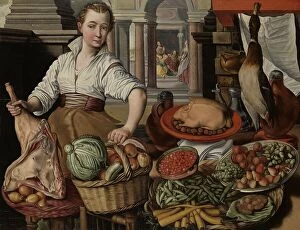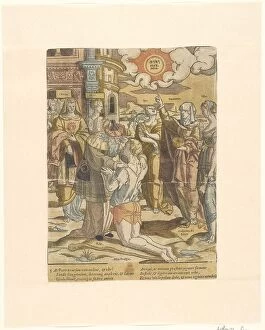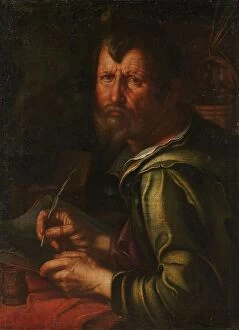Gospel Collection (page 3)
"Gospel: A Journey Through Time and Art" The concept of the gospel, derived from the Greek word "euangelion, " meaning good news or glad tidings
All Professionally Made to Order for Quick Shipping
"Gospel: A Journey Through Time and Art" The concept of the gospel, derived from the Greek word "euangelion, " meaning good news or glad tidings, has been a source of inspiration for centuries. Illustrated in various forms throughout history, it continues to captivate hearts and minds. One such captivating illustration is found in the Book of Kells, an illuminated manuscript dating back to around 800 AD. The intricate depiction of St. Matthew showcases the meticulous craftsmanship that went into creating this masterpiece. Similarly, the Lindisfarne Gospels offer a glimpse into early medieval artistry with its beautifully adorned pages. One page stands out as it features The Lord's Prayer written in gold lettering, showcasing devotion and reverence. The Ms - Lindisfarne Gospel further emphasizes the significance of these ancient texts by preserving their delicate beauty. Its careful preservation allows us to appreciate not only their religious importance but also their artistic value. Moving forward through time, we encounter Christ Pantocrator encaustic on panel—a powerful representation of Jesus as ruler and judge—reminding us of his divine authority over all creation. In contrast to these grand depictions are intimate moments captured within illuminated texts like that from St Luke's Gospel circa 700 AD. This page transports us back in time, allowing us to witness scenes from Jesus' life with awe-inspiring detail. Beyond illustrations lie real-life embodiments music's power—the Jubilee Singers at Fisk University in the USA—a group photo capturing their harmonious voices spreading hope during challenging times. Returning once again to sacred texts, we find solace in witnessing Jesus praying fervently amidst anguish in the Garden—an emotional reminder that even he sought strength through prayer during trying moments. Finally, another remarkable example comes from the Book of Kells where St John’s symbol is depicted on folio 27v—a testament to Hiberno-Saxon creativity merging Christian symbolism with intricate designs.










